Big sensor compact cameras are a special breed. In most cases, they are riddled with compromises which the end user ends up hating, or embracing. It is a love-hate relationship. I dipped my toes into this world at a time when the Apple iPhones and Google Pixels were making big waves in the area of photography.
My experiences with some of the other compacts had me convinced that I tend to shoot more keepers when I have a dedicated camera on me at all times. In my quest to find a portable camera which offered more creative control over the photo taking process, and offered a considerable jump in image quality over a smartphone, I started trying out the X100’s and RX1’s of the world. What I quickly realized is that these cameras, despite their photographic prowess, are barely smaller than my Full Frame mirrorless camera with a small lens attached. I had to make a conscious decision to carry these cameras everywhere despite the advertised small size. Maybe my use-case is different, but I have a hard time classifying these cameras as “compact cameras”. Enter the Ricoh GRIII.
Everyday Use
The first thing that you notice when you hold Ricoh GRIII is it’s diminutive size. It is an all metal build, with a stealthy black finish coating. I do love the industrial, subdued look which exudes a high level of build quality. It is a wonder that they accommodated all the necessary controls for one hand use within a small chassis. The operation is super quick, the menu is intuitive, and the camera has a high degree of customizability.
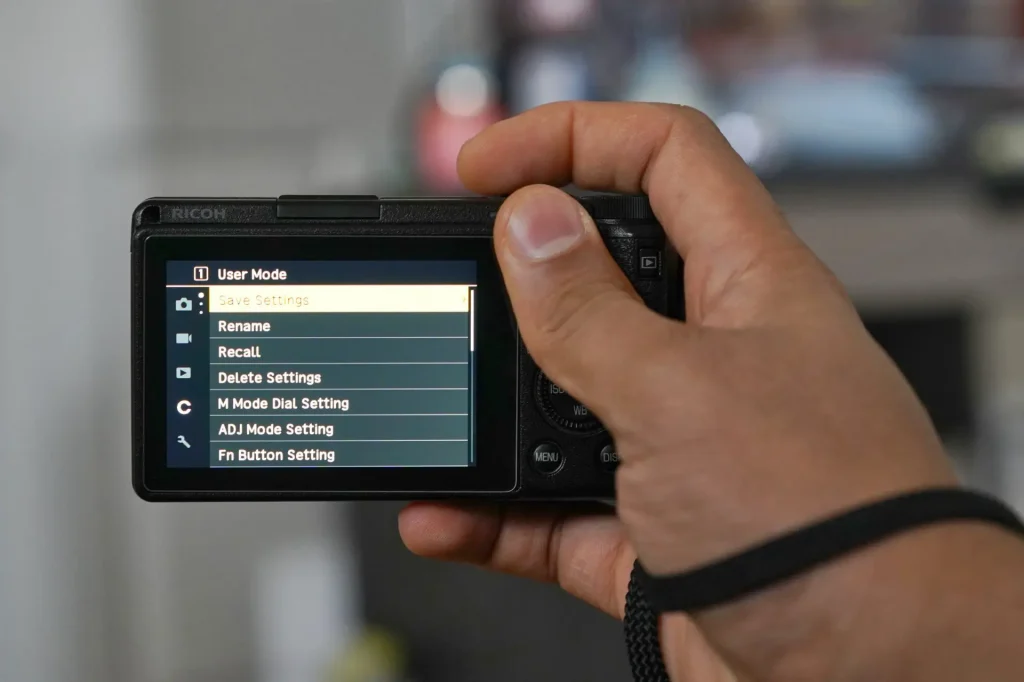
One of the game changing features on the Ricoh GRIII, which I do not see online reviews highlighting, is the ability to capture DNG RAW files. Long pressing the PLAY button directly takes you to the image preview, without activating the lens. I have mapped the long press of the video button to activate WiFi. The WiFi makes transferring and editing DNG RAW files on your smartphones and tablets a breeze. I wish all manufacturers offered capture of DNG RAW as an option.
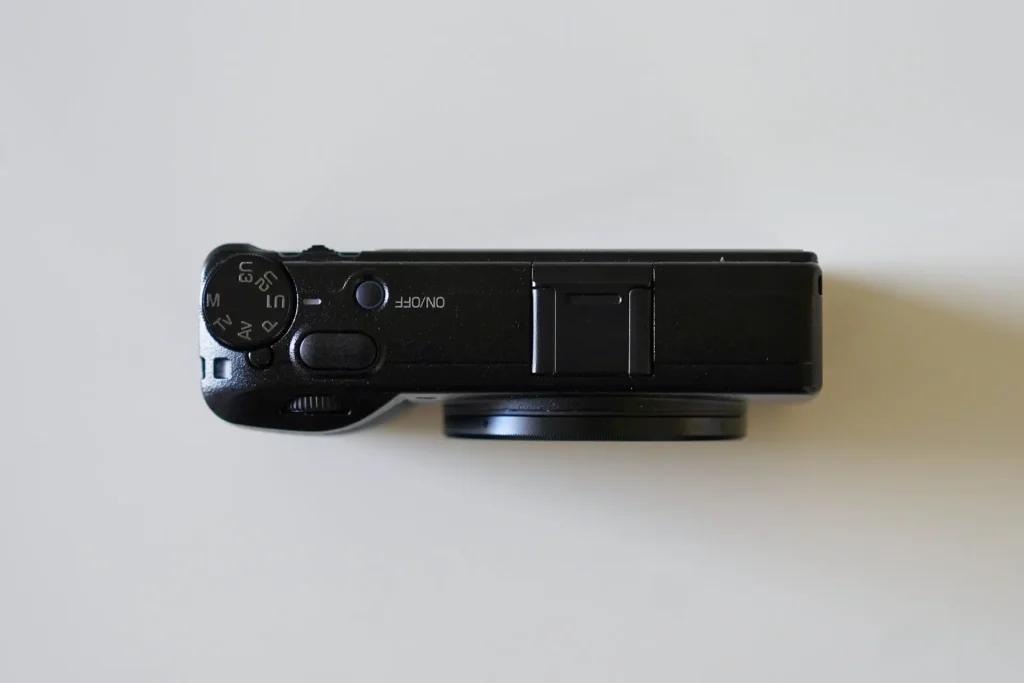
I know it is sacrilegious to not use snap focus mode on a GR camera, but I have not got the chance to use it on the GRIII as much yet. I have used it on certain occasions, and it works like a charm. The autofocus in good light is spot on, but can definitely do with some improvements for low light shooting. The latest firmware has solved most of the issues in this area. Moreover, the touchscreen makes it so easy to pinpoint your focus that the autofocus issues have not been a dealbreaker for me.
The more cameras I shoot, the more I value highlight weighted metering. It is basically an automatic ETTR, the intensity of which can be controlled using exposure compensation. I count this as one of the best features of the Ricoh GRIII, and implore other camera companies to consider this during the product development process.Another nifty feature you get with fixed lens compacts is the high flash sync speed. Coupled with the built in ND filter, the GR gives you some creative options. GR purists have bashed this version of the camera for the missing flash, but I have never used on-camera flash ever, so I do not necessarily miss it. Based on recommendations online, I went with the LightPix Q20ii flash setup. Though the flash is not as powerful, it is a modular setup that I highly recommend for compact camera shooters.
The internal memory can capture roughly 38-40 RAW files, in case you find yourself without a SD card. It is a restriction not that much different from a 35mm film point and shoot with a single roll of film. I treat this as a high end 35mm film compact point and shoot, and so far, it has not disappointed me when it comes to the overall shooting experience.
Image Quality
I will keep this short. As with all modern sensors, the image quality out of the Ricoh GRIII is excellent. Where the little Ricoh stands out from the crowd is the perfect marriage of a sharp lens with a stabilized 24 MP APS-C size sensor, with no anti-aliasing filter.
The lens is extremely sharp right from f2.8, and has minimal distortion. The colors from the standard profile are a bit muted, but the Positive Film simulation is very pleasing to the eye. I am not huge on black and white, but the Ricoh provides some good simulation options for those as well, Soft Monotone being my favourite. All photos you see here are SOOC with some shadow pulls and slight changes to exposure and contrast. I found the photos to have good tonality, and pop, and if you soften your images a little bit in post, I think they have a slight filmic/cinematic look to them.

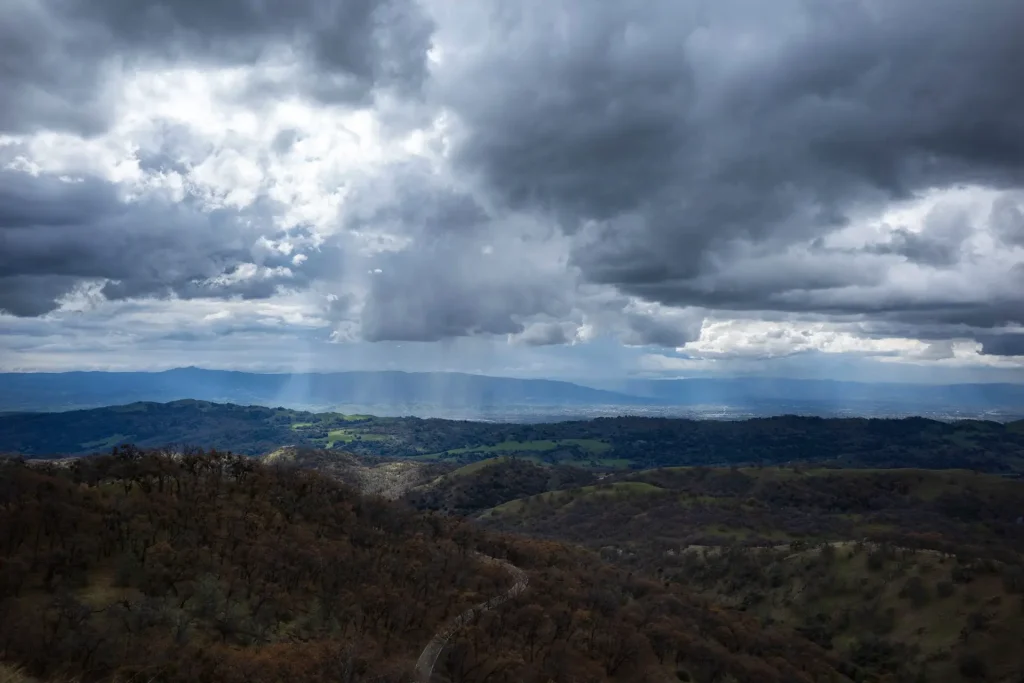

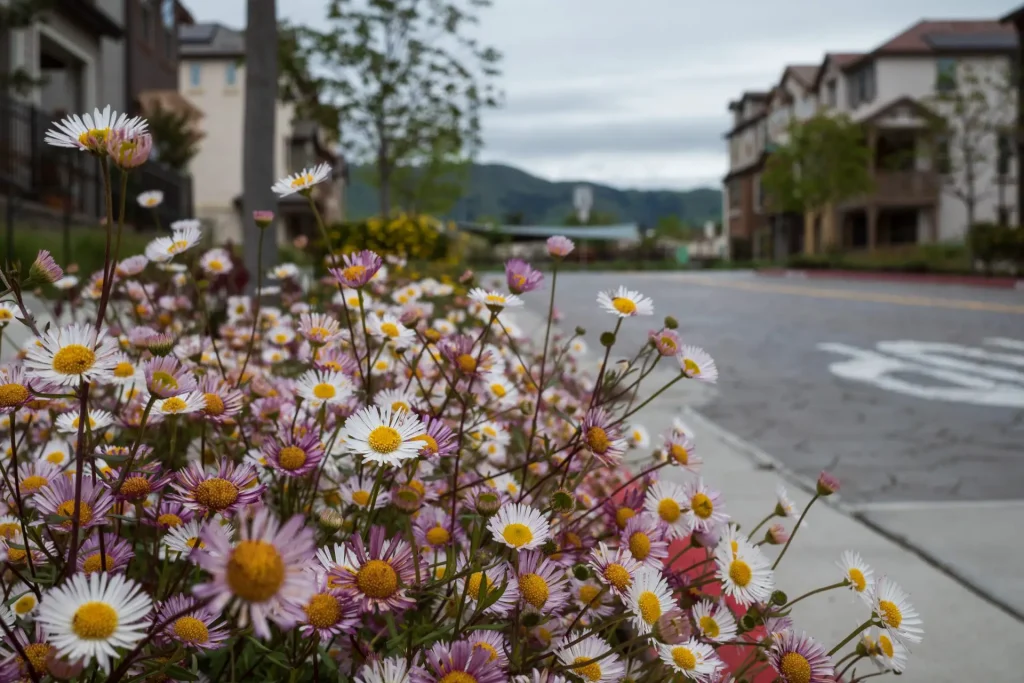
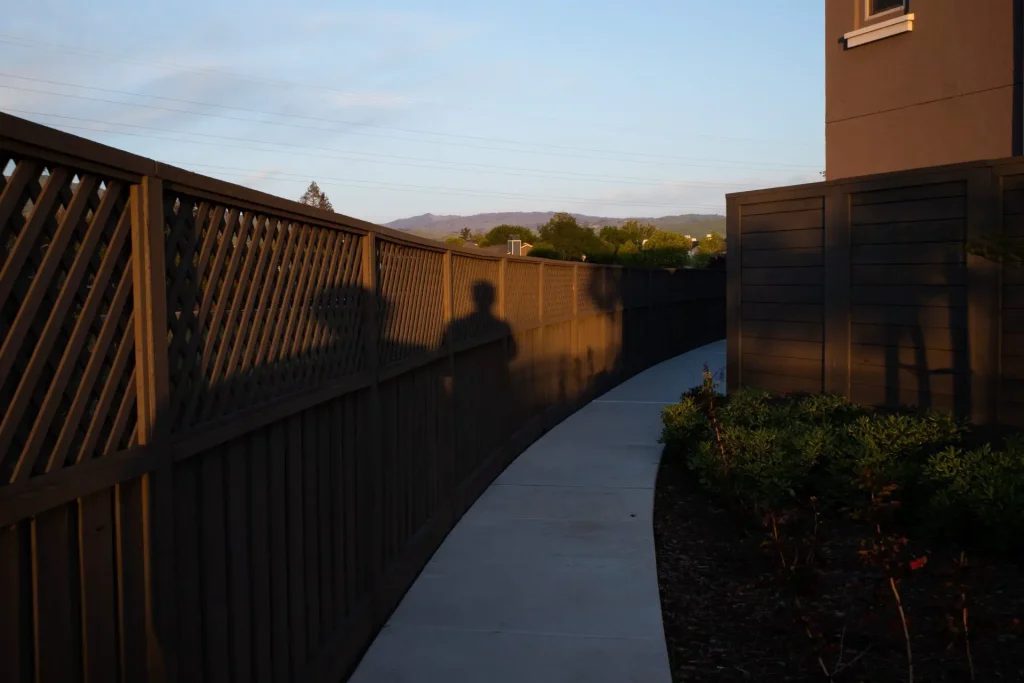
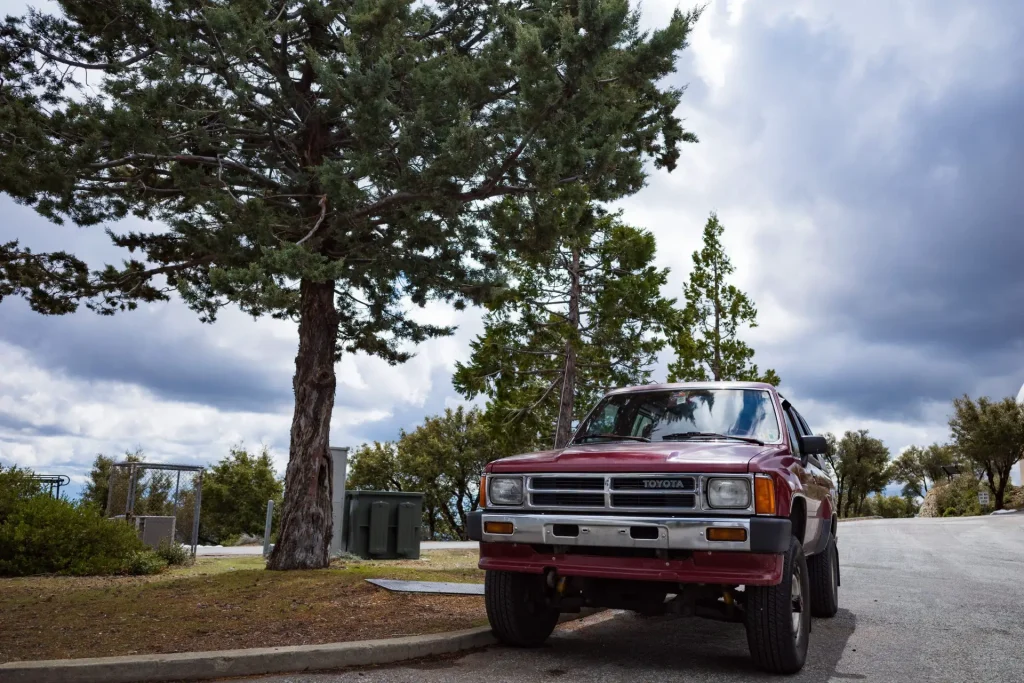

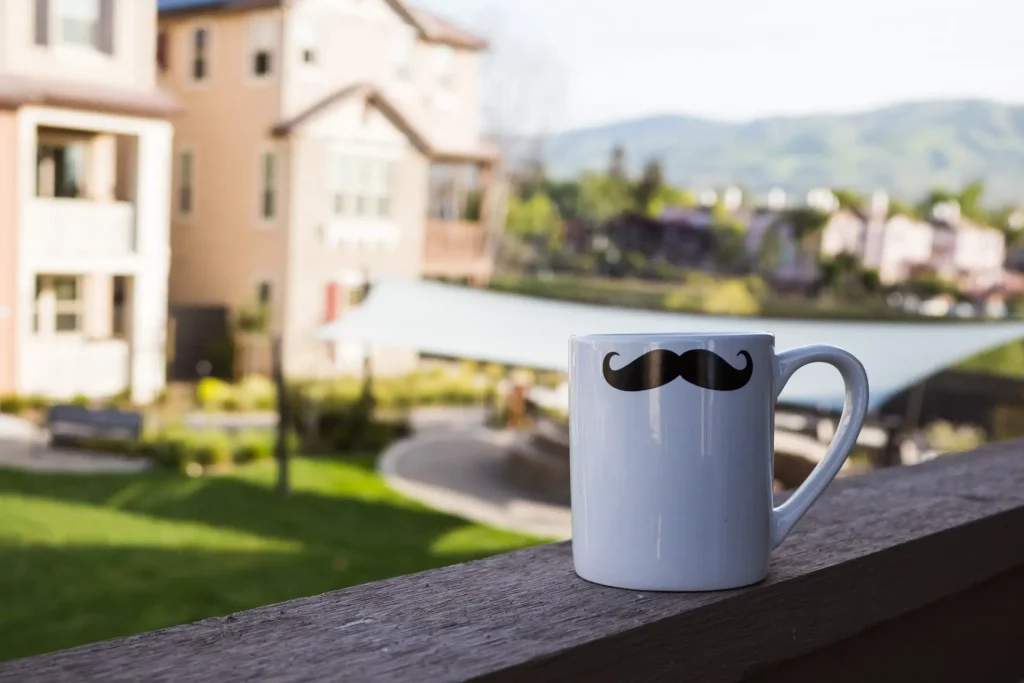
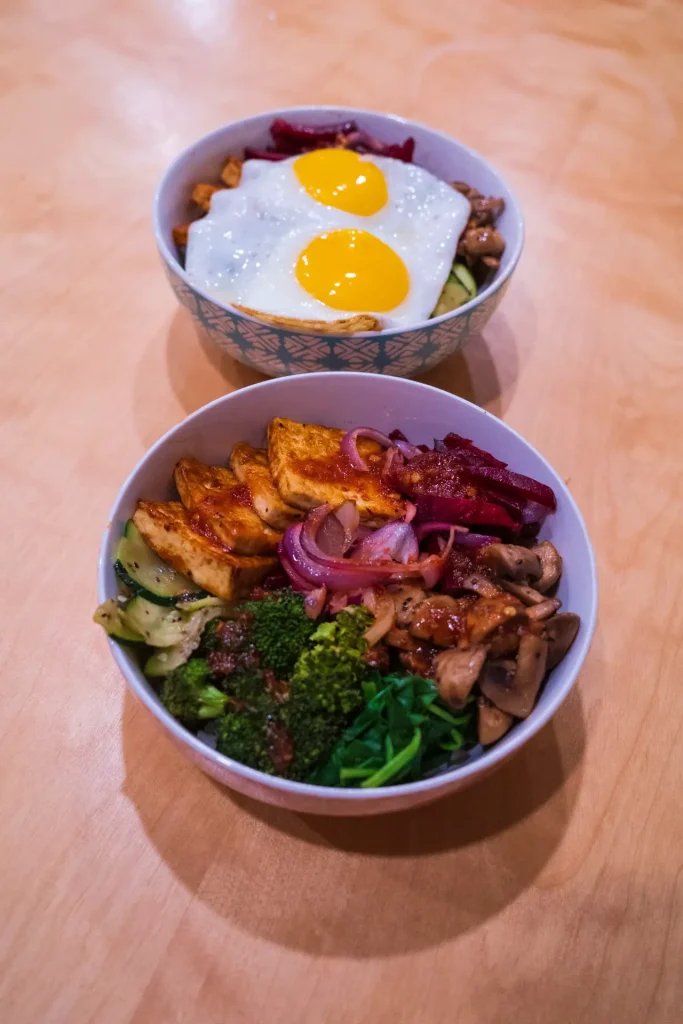
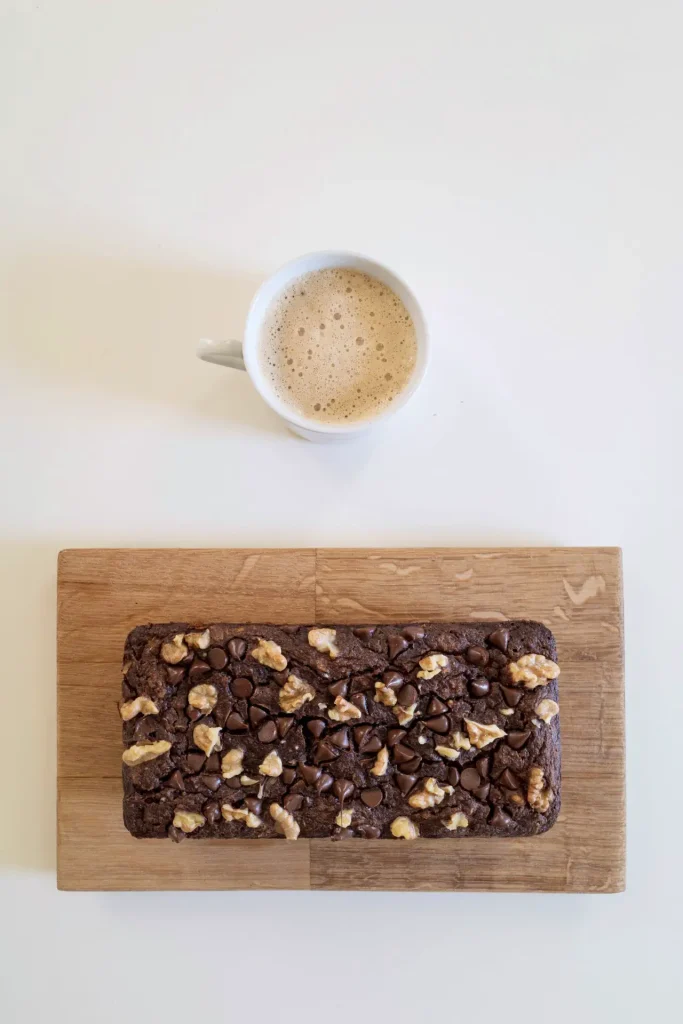
Flawed Idol
It is not all rainbows and sunshine in the GR world. The little Ricoh GRIII is riddled with some rather interesting quirks or flaws, depending on which side of the aisle you are on. GR loyalists will moan about some of the missing features compared to the previous GR’s. I have already talked about my stance on the missing flash. But if this is your first GR, I doubt you will notice them. What you will notice is the short battery life. I am approaching this review strictly from an everyday-carry-around camera perspective, and for that, a single battery has proven to be sufficient. You always have the option of carrying around a cheap second battery, or charge it over USB-C.
Many people also harp on the ‘Dust on the Sensor’ issue. Weather sealing could have solved this issue, but I guess we have to make compromises for the small size somewhere. Only time will tell if the dust removal tool is as effective as they market it to be. Video capture is an after thought on this camera. I have mapped the video button to switch between 28mm-35mm-50mm view modes instead, and use it as a camera with no video feature. Scroll wheel is very sensitive during playback, jumping between a multiple images at once. I prefer using the D-Pad instead.
An Argument for the Ricoh GRIII
This is a niche product and has its share of flaws, make no mistake. And yes, this captures the same field of view as your smartphone. But what you get with this camera is greater quality of images and creative control over the choices you make during the photo taking process. It does lack some of the fancy bits and pieces that others offer, but it forces you to just slip it in the pocket, without having to worry about carrying small bags and cases. Now, is that not what we all want from a “compact camera”?
Very few cameras leave an impression so great that you decide to hold onto them for the longest time possible, despite the flaws. The Ricoh GRIII is a digital snapshot camera with a heart. And it has definitely captured mine.
Thanks for reading.
You can find me on Instagram and Twitter
You can find other articles about the Ricoh GRII on 35mmc here, and a review on DPR here
Share this post:
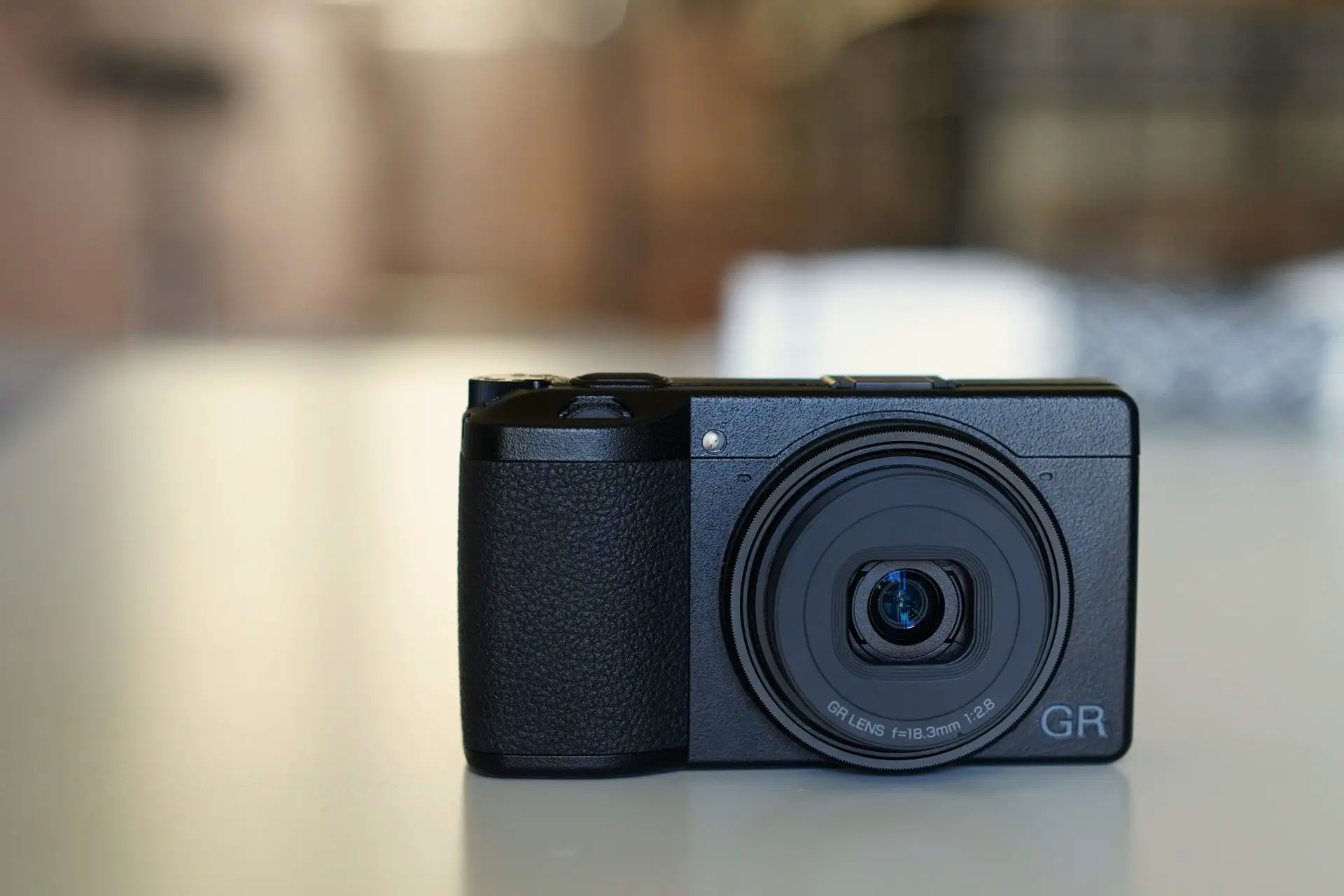








Comments
Stephen J on Ricoh GRIII Review – The Allure of a Compact Camera – By Srinidhi Aithal
Comment posted: 12/06/2020
I have a problem with most digital cameras though, indeed I sold my APS-C Ricoh GR last week. It could be a fine machine on a good day, but mostly it just gets in the way of the creative urge.
Compare the modern GR with one of the film iterations, they look very similar from the front, but flip it around and compare. The film version just has a door. The digital version is covered in buttons and screens, supposedly for the sake of convenience. They just get in my way, whilst doing nothing for my attempts at being creative.
Thus far, only Leica seem to have understood this, unfortunately their M-D version of the M series cannot be bought for less than £3000, and new it is not far off of £7000 (and NO lens)!
There must be a place for a manufacturer to produce versions of their popular devices without all those superficial and frankly irrelevant software controls? A Ricoh GR or a Fuji X100 etc., that just have a nice blank place to put your thumb on the back, and an understanding that development no longer takes place in the dark room, but rather in the Lightroom?
I actually believe, that the main reason for the current popularity of film photography, is that the photographer has to learn a few simple rules about the relationships between aperture, shutter speed and ISO, along with the creative part i.e. the decision on where to stand and when to press the button is all that is needed from a camera.
With an old film camera, there is no choice, you have to learn and once you learn, the world is your oyster, everything that emerges, is a result of your own creativity.
Indeed the iPhone sort of proves that point, even though the only choice required is where? and when? you don't even need to know about the old rules.
Camera manufacturers are losing customers to the above, simple point and shoot phones, or for the more ambitious, older film cameras, preferably with NO batteries.
Apparently none of them, apart from Leica that is still making money, can see why?
Comment posted: 12/06/2020
Andrew L on Ricoh GRIII Review – The Allure of a Compact Camera – By Srinidhi Aithal
Comment posted: 12/06/2020
Comment posted: 12/06/2020
Comment posted: 12/06/2020
Colin Templeton on Ricoh GRIII Review – The Allure of a Compact Camera – By Srinidhi Aithal
Comment posted: 12/06/2020
I think that's a very fair review, and thanks for putting it up. I got a GR3 back in January. Took a while to get the hang of it, but now it's easy to use. Agree about the highlight-weighted metering. What a great idea - no more blown highlights. Image quality is great. I like that you can slip this thing in your pocket and always have it with you.
I'm a Leica guy - love the simplicity of the rangefinder, but this tiny camera is winning me round big time.
Comment posted: 12/06/2020
Victor on Ricoh GRIII Review – The Allure of a Compact Camera – By Srinidhi Aithal
Comment posted: 13/06/2020
I'm one of those "GR purists" and I do think you don't realise how much GRIII lost due to the omission of built-in flash and reduction in size.
The value of GR is that it fits in your pocket, and carrying an extra unit defeats this advantage. Moreover, smaller size of new GR affected its ergonomic in a very bad way, so omission of the flash was for nothing but improved CIPA rating, which is just a number :(
Comment posted: 13/06/2020
Taffy on Ricoh GRIII Review – The Allure of a Compact Camera – By Srinidhi Aithal
Comment posted: 15/06/2020
Sometimes I find that this camera competes with my iPhone (XR) but the files from the GRII are much better and I imagine the GRIII are even better. Yesterday I printed SOOC BW Jpegs in High Contrast BW mode and they came out wonderfully - a pleasant surprise 4 years in.
Thanks for your review, Srini!
Michael on Ricoh GRIII Review – The Allure of a Compact Camera – By Srinidhi Aithal
Comment posted: 15/06/2020
Rohan Gillett on Ricoh GRIII Review – The Allure of a Compact Camera – By Srinidhi Aithal
Comment posted: 26/08/2020